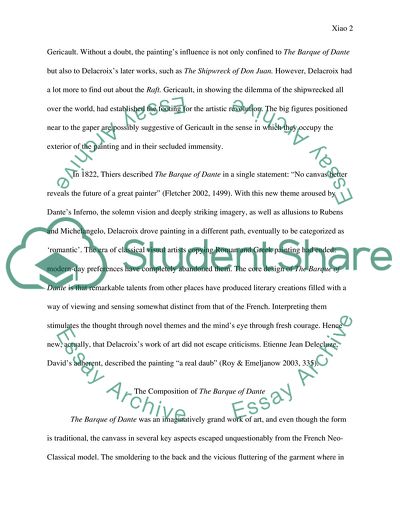Cite this document
(“The barque of dante Research Paper Example | Topics and Well Written Essays - 1500 words”, n.d.)
The barque of dante Research Paper Example | Topics and Well Written Essays - 1500 words. Retrieved from https://studentshare.org/miscellaneous/1586716-the-barque-of-dante
The barque of dante Research Paper Example | Topics and Well Written Essays - 1500 words. Retrieved from https://studentshare.org/miscellaneous/1586716-the-barque-of-dante
(The Barque of Dante Research Paper Example | Topics and Well Written Essays - 1500 Words)
The Barque of Dante Research Paper Example | Topics and Well Written Essays - 1500 Words. https://studentshare.org/miscellaneous/1586716-the-barque-of-dante.
The Barque of Dante Research Paper Example | Topics and Well Written Essays - 1500 Words. https://studentshare.org/miscellaneous/1586716-the-barque-of-dante.
“The Barque of Dante Research Paper Example | Topics and Well Written Essays - 1500 Words”, n.d. https://studentshare.org/miscellaneous/1586716-the-barque-of-dante.


